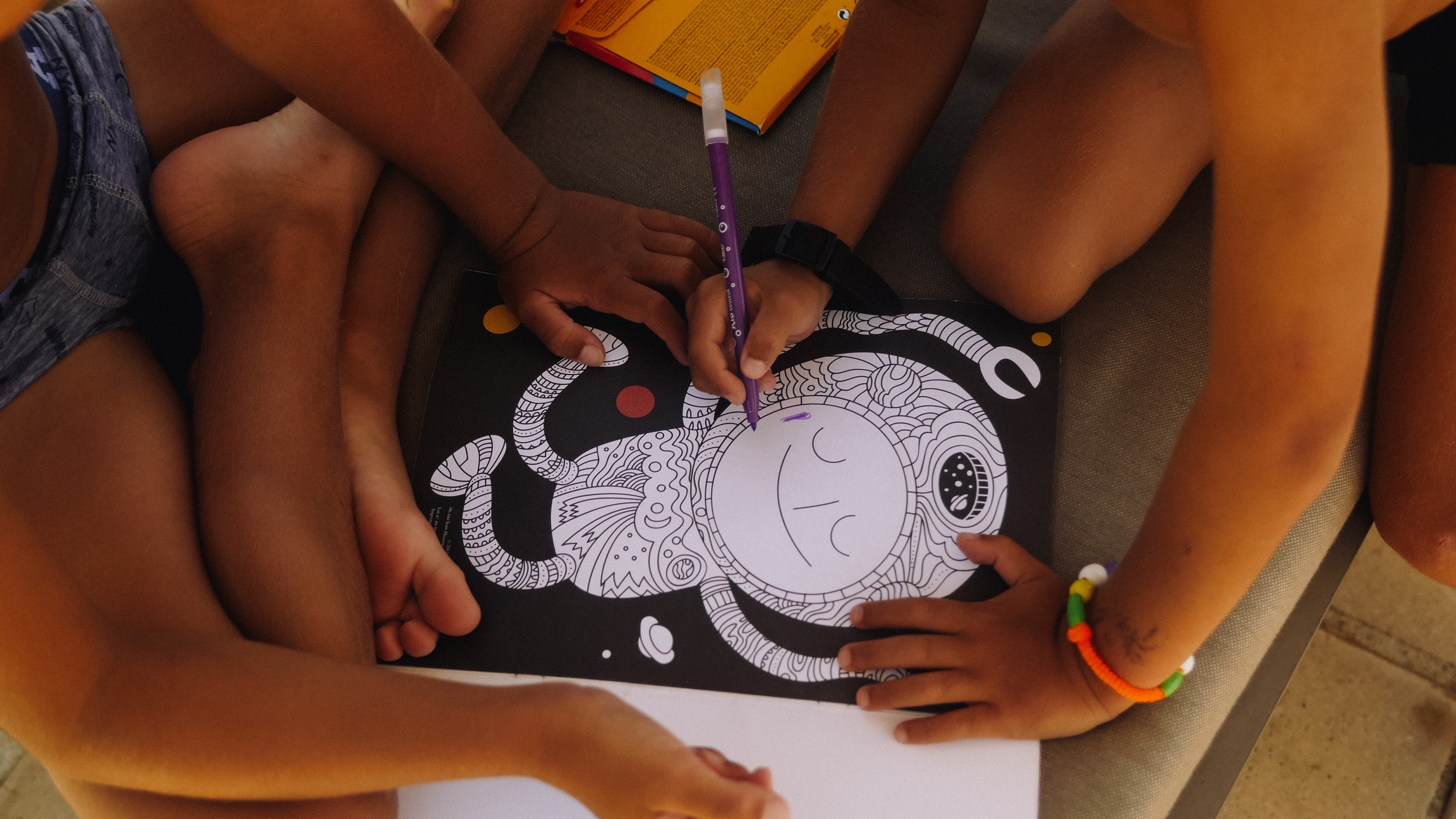How to Design Child-Friendly Urban Spaces in High-Density Residential Areas?

Urban environments are diverse, bustling centers of life where people of all ages, including children, coexist. However, seldom are these spaces specifically designed with the needs of children in mind. As research suggests, the lack of child-friendly spaces in cities can lead to a disconnect between children and their city environments, impacting their overall physical and mental well-being. This article dives deep into the concept of child-friendly urban design and offers practical suggestions to transform high-density residential areas into vibrant, friendly spaces where children can play, learn, and grow.
Understanding the Importance of Child-Friendly Urban Design
Before we delve into the specifics of child-friendly urban design, it’s crucial to understand its significance. The urban environment a child grows up in has a profound impact on their development. When cities are designed well, they become a catalyst for the children’s cognitive, physical, and social development. Conversely, poorly designed spaces can hinder their growth and limit their exposure to real-world experiences.
Lire également : What Strategies Can Optimize Energy Consumption in Multi-Unit Residential Properties?
A child-friendly city is a city committed to fulfilling children’s rights as articulated in the United Nations Convention on the Rights of the Child. It’s a city where voices, needs, and priorities of children are incorporated into public spaces and community life.
City spaces that are safe, inclusive, and engaging can offer children unique opportunities to explore, express themselves, and interact with the community. When urban spaces foster this sense of engagement and inclusion, they contribute significantly to children’s health, happiness, and overall life skills.
Sujet a lire : What are the Key Features of a Robust Property Management Mobile App?
Incorporating Play Spaces into Urban Design
Creating play areas should be a central aspect of any child-friendly urban design project. But what does it mean to design a ‘play area’? A play space is not just a playground. It includes any area where children can engage in spontaneous and structured activities. These spaces can be as small as a corner in a public park or as large as a city square.
When designing play spaces, it’s vital to remember that the space should stimulate children’s curiosity and encourage spontaneous play. A mix of natural and built elements, like trees, sand, water features, and climbing structures, can provide a wide range of play opportunities for children of different ages.
It’s also important to design spaces that can be easily accessed and used by children with disabilities. This means considering factors like the surface of the play area, the accessibility of play equipment, and the presence of amenities like seating and shade for caregivers.
Ensuring Safety Without Compromising on Fun
A well-designed child-friendly urban space is one that balances safety with opportunities for exploration and risk-taking. While it’s crucial to make spaces safe for children, we must be careful not to overly sanitize these spaces. Children learn and grow by taking risks, and our urban designs should reflect this understanding.
Incorporating features that allow for some level of risk-taking can help children develop their motor skills, problem-solving abilities, and confidence. These features could include climbing frames, balance beams, and structures that encourage jumping and running.
To ensure safety, it’s crucial to use appropriate materials for play equipment. Soft, impact-absorbing surfaces should be used around play equipment to minimize the risk of injury from falls. Additionally, adequate visibility and lighting in play areas can help caregivers keep an eye on children, enhancing overall safety.
Nurturing a Sense of Community and Ownership
A child-friendly city is not just about playgrounds and parks. It’s about creating a sense of belonging and ownership among the children towards their city. This involves designing spaces where children can interact with each other and with the broader community.
Community gardens, public art projects, and neighborhood events can provide opportunities for children to understand and contribute to their community. These kinds of activities can help children feel more connected to their neighborhoods and develop a sense of responsibility towards their environment.
Furthermore, children should be involved in the planning and design process of urban spaces. This encourages them to voice their ideas and concerns, fostering a sense of ownership and making the spaces more likely to be used and cared for in the long term.
Fostering Connection with Nature in Urban Settings
In a high-density residential setting, fostering a connection with nature can be a challenge. However, natural spaces have been shown to have numerous benefits for children’s physical and mental health. Therefore, integrating natural elements into the urban spaces becomes paramount.
This can be achieved through the design of green spaces such as parks, community gardens, and even rooftop gardens. Native plants, trees, and water features can be included in these spaces to provide opportunities for children to interact with nature.
Another approach is to incorporate nature into everyday spaces. For example, a sidewalk can be lined with trees, providing shade and visual appeal. Courtyards in apartment complexes can include gardens or natural play areas. Even small, underutilized spaces in a city can be transformed into green pockets, offering children a touch of nature amidst the urban jungle.
By designing child-friendly urban spaces, we create a city that nurtures the growth and well-being of its youngest citizens. In doing so, we not only contribute to their present quality of life but also shape them into responsible, active participants in the future of their city.
Creating Child-Inclusive Public Spaces
Public spaces play a significant role in nurturing child-friendly environments. These are spaces where children can engage in various activities, enhancing their physical activity and social interaction. By focusing on the needs of children while planning these spaces, we can contribute significantly to creating child-friendly, high-density neighbourhoods.
Urban planning that pays heed to children’s needs often includes designing open spaces that support a multitude of activities. This could range from quiet corners for reading and drawing, to large, open spaces for running and ball games. The design should allow for flexibility, catering to the ever-changing interests and needs of growing children.
Active participation of children in designing these spaces is another crucial aspect. By involving children in the decision-making process, planners can ensure that the space caters to their likes and needs in a more direct way. This not only makes the space more appealing to children but also instills in them a sense of ownership and responsibility towards their environment.
Furthermore, public spaces should be designed in a way that they are easily accessible for children, encouraging them to step out and play. This will involve placing these spaces close to where children live, have schools, and spend most of their leisure time.
The Role of Families and Communities in Shaping Child-Friendly Urban Spaces
Families and communities are significant in shaping child-friendly urban spaces. They can play a crucial role in advocating for the creation of such spaces and contributing to their design and maintenance.
Parents and families can express the needs and preferences of their children, providing valuable input into the design process. They can also guide their children in safely using these spaces, fostering a healthy outdoor play culture.
Communities, on the other hand, provide a social safety net for children. A strong, engaged community can monitor and maintain child-friendly spaces, ensuring they are safe and well-kept. Community participation can also lead to various children activities being organized, promoting a more vibrant and dynamic use of the spaces.
Moreover, communities can push for policies and regulations that support the creation and maintenance of child-friendly urban spaces in high-density residential areas. They can work with urban planners and local governments, ensuring that children’s needs are adequately addressed in urban design.
Conclusion: Building Cities For Children
The idea of child-friendly urban design is gaining traction globally as we realize the importance of catering to our youngest citizens’ needs. This involves not just creating spaces for children to play but building an entire city that values and respects their rights, needs, and opinions.
To design child-friendly, high-density neighbourhoods, we need to look beyond playgrounds and parks. We need to consider how every aspect of the urban space, from sidewalks and crossings to community centres and public transport, impacts children. This involves making these spaces safe, accessible, inclusive, engaging, and reflective of children’s needs.
Involving children, families, and communities in urban planning can lead to more effective and sustainable solutions. By doing so, we not only create spaces where children thrive but also foster a sense of ownership and responsibility among them towards their city.
With the right approach, we can transform high-density residential areas into vibrant, child-friendly urban spaces, contributing to healthier, happier, and more inclusive cities. As we design cities for children, we design a better future for us all.
